How much does it cost to run a fridge freezer? Your questions answered
We've worked it out – and have the lowdown on how to get cutting those costs

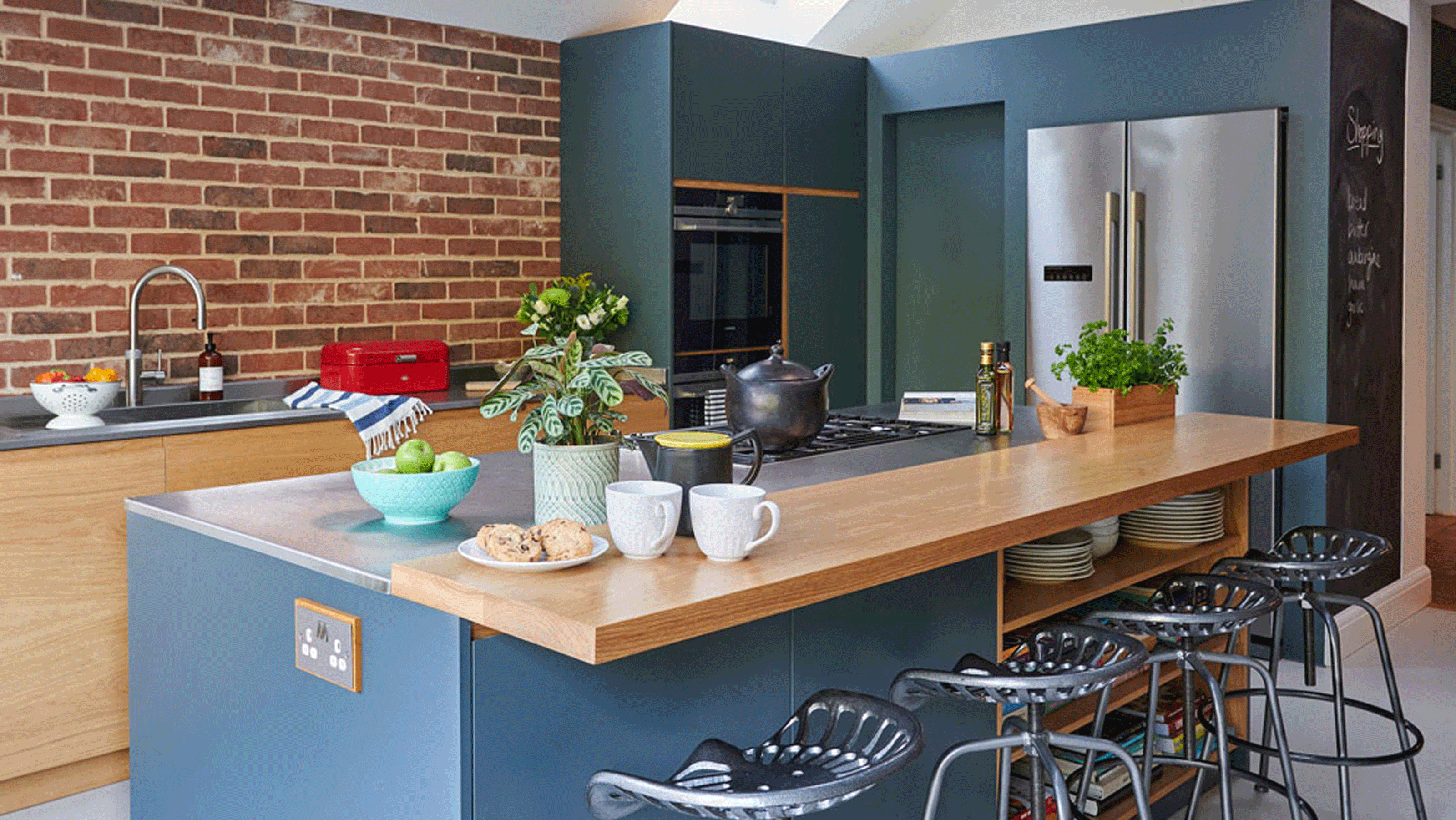
This article has been updated to show the new cost to run based on the January 2025 price cap. It has also been fact-checked and any out-of-date information removed.
Your fridge freezer: the silent guardian of midnight snacks, the keeper of leftovers, and the one thing standing between you and a kitchen full of spoiled food and bad smells. It’s always there, humming along in the background. But have you ever stopped to think about what it costs to run a fridge freezer, 24/7, in 2024?
You can't exactly turn it off or use it less to save energy at home – after all, keeping food fresh and frozen is a full-time job. That makes it a steady drain on your electric bill, which can be impacted by changes to the energy price cap.
There are also plenty of things you can do to cut this expense day to day, as well as over a fridge freezer's lifetime, without having to sacrifice your ice cream habit. But the best starting point though is to identify how much you can expect to spend on powering your fridge freezer in the first place.
How much does it cost to run a fridge freezer?
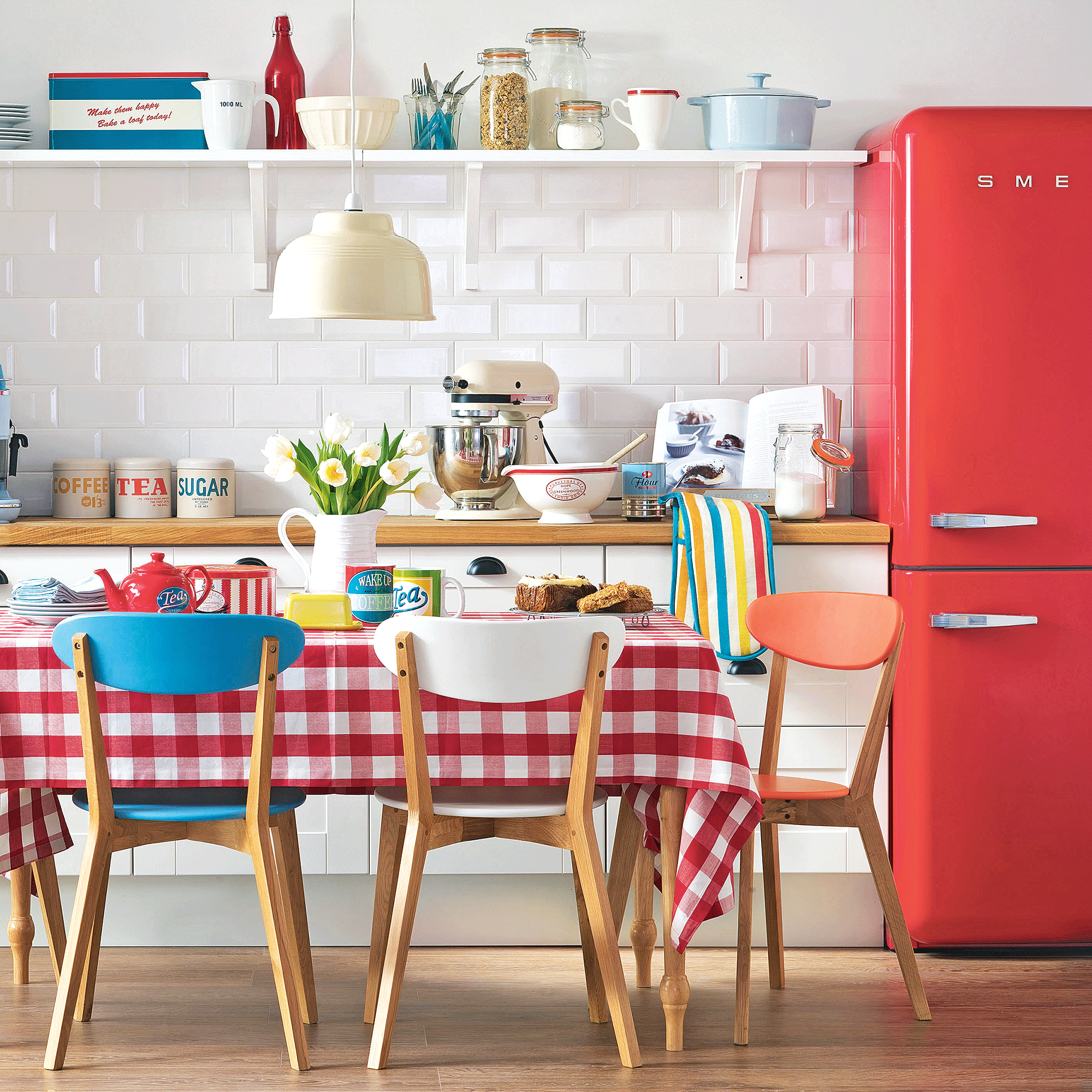
The easiest way to work out how much does it cost to run a fridge freezer is to get a smart meter that can tell you in real time. However, if you don't have one, a simple calculation will tell you.
First, you'll need to know how much you're spending on electricity – you can see this on your bill. Or you can use the figure stated under the energy price cap. As of January 2025, this figure will be 24.86p for each kWh of electricity you use. We've used this figure for the calculations below to give the highest it could cost to run a fridge freezer from July onwards.
The main factors that affect how much energy a fridge freezer uses are its efficiency rating, features, and its type. Roughly, the larger the appliance, the more energy it’ll require. This means that a small F-rated fridge freezer might be more efficient than a large E-rated one, especially if the full capacity of the larger model isn’t used.
An example F-rated 70/30 287-litre fridge freezer uses 275 kWh of electricity per year, making its annual running costs £68.37.
Sign up to our newsletter for style inspiration, real homes, project and garden advice and shopping know-how
While an example E-rated 70/30 267-litre fridge freezer uses 232 kWh of electricity a year, resulting in running costs of £57.68.
Upgrade to an example D-rated 70/30 294-litre fridge freezer and its usage is 156 kWh of electricity a year, costing just £38.78 to run annually.
A word about energy ratings...
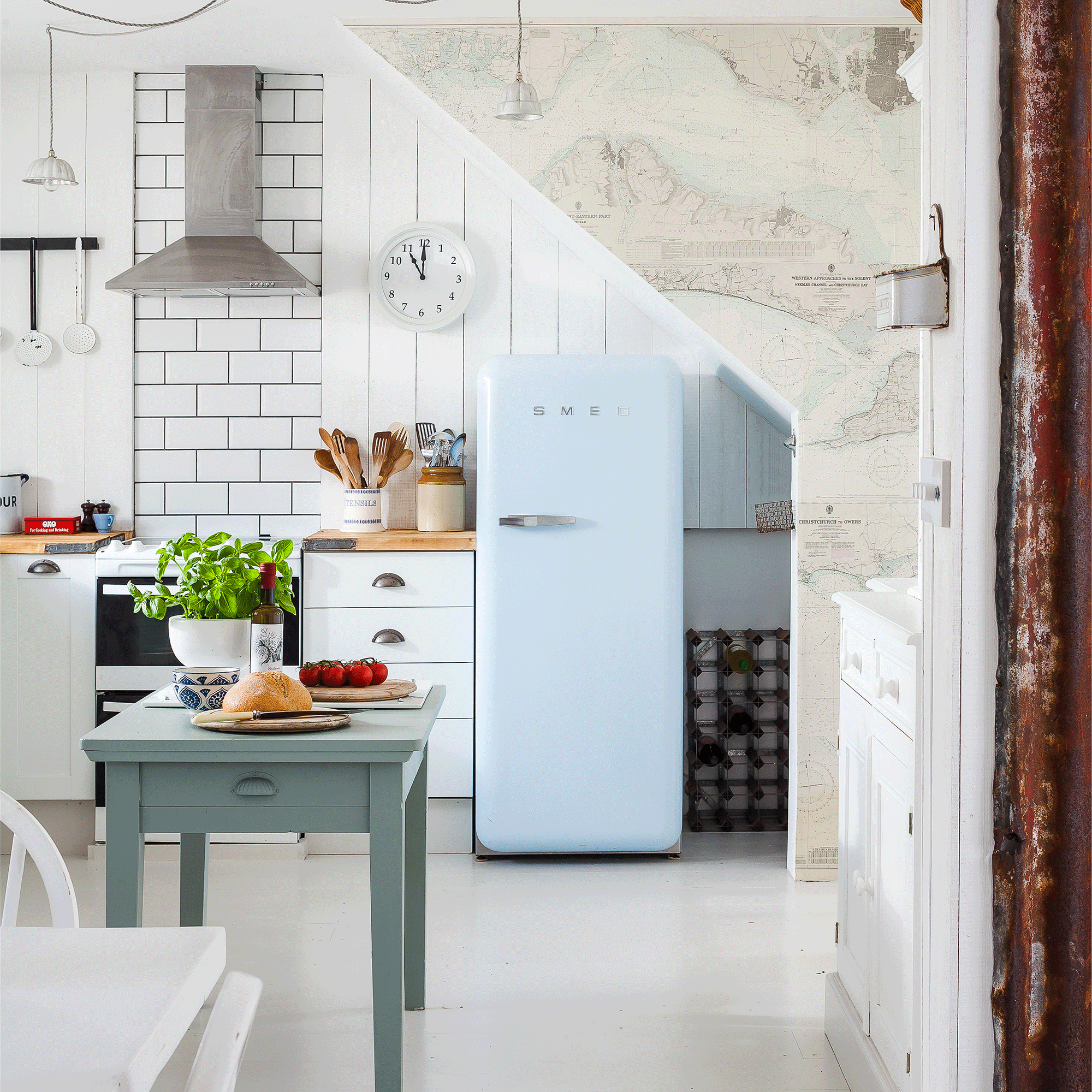
Like with how much do tumble dryers cost to run, it's worth knowing that energy ratings changed on December 1, 2021. That's because, under the old system, appliances were increasingly given A+, A++ and A+++ ratings as technology improved, which was confusing for customers. So in 2021, the system was recalibrated, and the ratings given from A to G.
As a guide, products that were previously A+ in 2020, are now likely to be rated F or G. A++ is now classified as D or E, and A+++ translates to a B or C rating.
Are some fridge freezers cheaper to run than others?
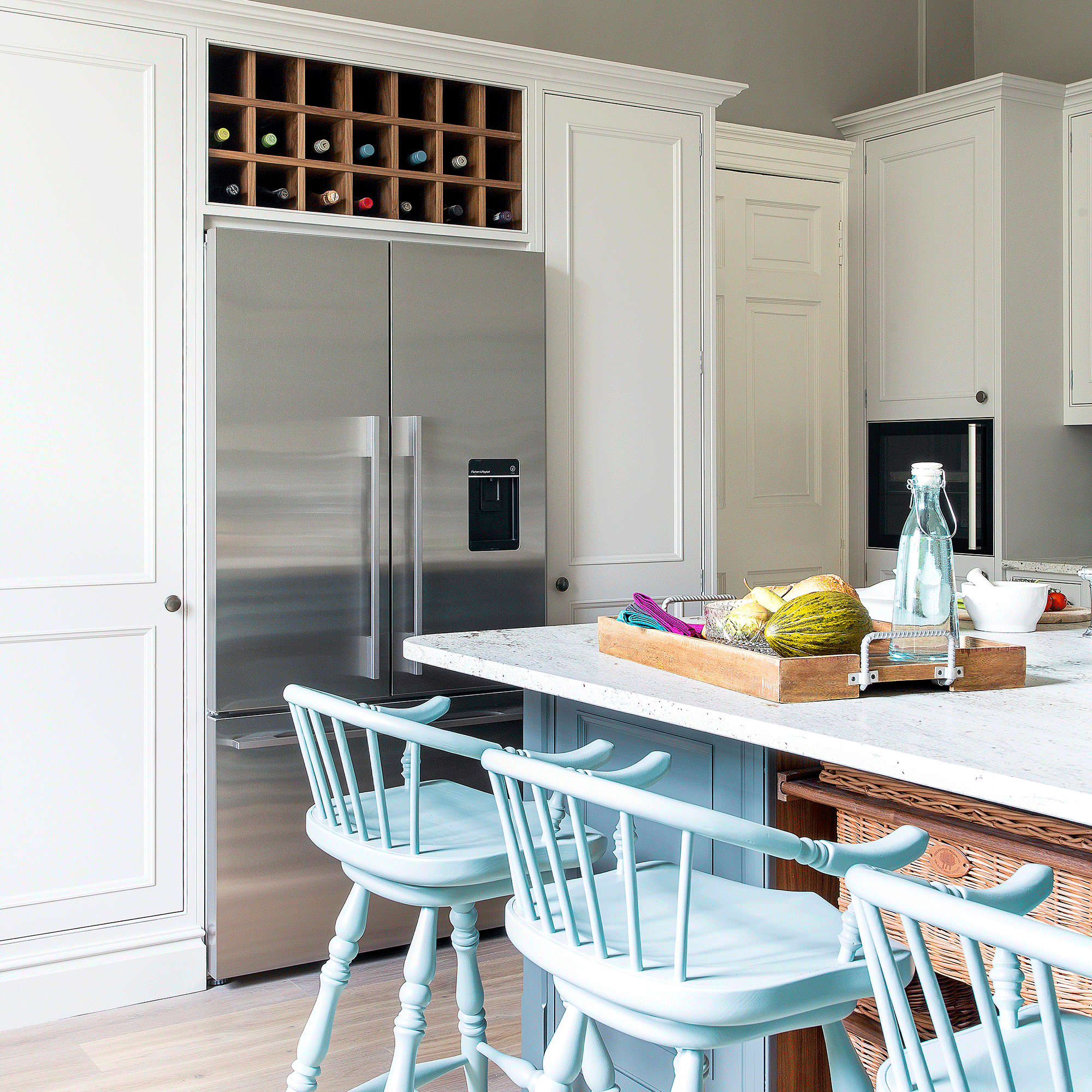
Fridges are available in different sizes and styles, and these characteristics can impact how much does it cost to run a fridge freezer.
- Larder-style fridge freezers have different splits between fridge and freezer space, ranging from 80/20 – fridges with more of an icebox – to 40/60 with more freezer space than fridge. They can be freestanding or integrated ie designed to be fitted with cupboard doors.
- American-style or side-by-side fridge freezers typically have the fridge on one side and the freezer on the other, and may also have an integrated water dispenser. They offer plenty of cooling capacity but even the most energy efficient models can be pricey to run.
- Four-door fridge freezers and French-door fridge freezers, which have double doors for the fridge section and freezer drawers, are variations on the American-style fridge freezer design. This can make them slightly more efficient day-to-day than a typical American-style fridge freezer as less cold air is lost when opening smaller sections.
Larger fridge freezers will cost significantly more to run than larder-style models. ‘For example, if you were to compare a larder fridge vs French-door fridge freezer, the difference in running costs is vast,’ says Luke Shipway, Product Manager at Caple.
What energy saving features should I look for when buying a fridge freezer?
1. Clever compartments
Less cold air loss means lower running costs, so make use of your fridge freezer’s sections, including crisper drawers, lidded compartments and sectioned freezers.
Some models also include door within a door access to the fridge, which mean you’ll lose less cold air if you only need to reach for the milk or juice, or doors that transform from opaque to clear, so you can see what’s inside the fridge without having to open the door first.
2. Inverter compressor
Compressors are what make your fridge cold, converting refrigerant from gas to liquid when required and stopping when the temperature is low enough. Inverter compressors, compared to the start-stop regular type, do this more efficiently, running more consistently and at a controlled speed to use less energy.
3. Holiday mode
Keep running costs down when you’re away by enabling the holiday mode. This sets the fridge to a higher temperature (such as an economical 15 degrees C) as you’re unlikely to be leaving fresh food in it, while not affecting the temperature of the freezer.
How can I cut the cost of running a fridge freezer?
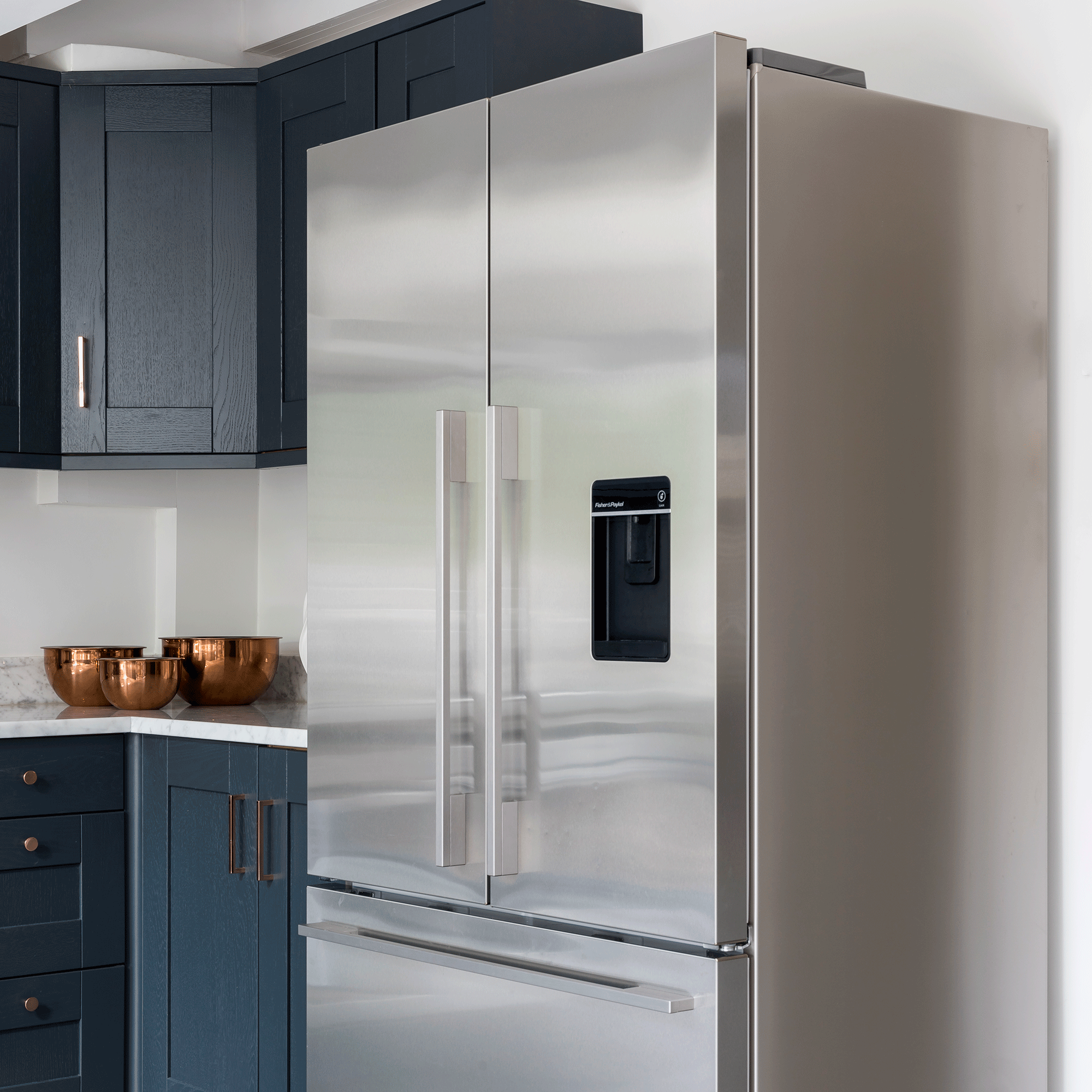
1. Stay cool
Cold air is lost every time you open a fridge or freezer door, making the appliance work hard to reduce the temperature again. Pick up a fridge thermometer, from £3.95, Amazon, so you can be assured you're keeping the appliance at the optimum temperature.
‘Only open the fridge freezer doors when needed and don’t leave them open for too long,’ advises Luke from Caple.
Let food cool down before putting it in the fridge as it’ll have to use energy to get rid of the warmth, and, as a fuller fridge has less air to keep cool, pop in bottles of tap water between shops. Three-quarters full is ideal to keep cold air flowing around the compartments.
2. Bust the dust
The coils on the back of the fridge are part of the condenser that cools the air inside. However, if they’re dusty, they can prevent the fridge freezer from cooling properly.
According to Which? thick dust can reduce efficiency by as much as 25%. Try to clean them a couple of times a year – unplug your appliance, use a vacuum attachment to remove most of the dust, then brush away the rest. Our guide to how to clean a fridge freezer will help you keep your appliance in tip-top condition.
3. Say no to ice
Grab your rubber gloves and get defrosting if your freezer isn’t frost-free. A thick layer of ice takes up space and stops the freezer from working as efficiently, so you must learn how to stop ice building up in a freezer, and how to defrost the freezer if it does.
4. Put it in the right place
Where a fridge freezer is in your kitchen can affect how efficient it is. For freestanding models, make sure there’s enough ventilation around the back, top and sides so it can release heat from the compressor, and where possible, keep the appliance away from ovens, radiators and direct sunlight.
A fridge freezer is a necessity, but if you keep on top of cleaning it and invest in an energy-efficient model you should be able to keep your energy bills as low as possible.

Rachel Ogden is a freelance journalist with more than 20 years’ experience of writing, editing and sub-editing. Since 2007, she's worked exclusively in interiors, writing about everything from extending your home to kitchen worktops, flooring, storage and more. She specialises in product reviews, having reviews hundreds of small and large appliances and homeware.